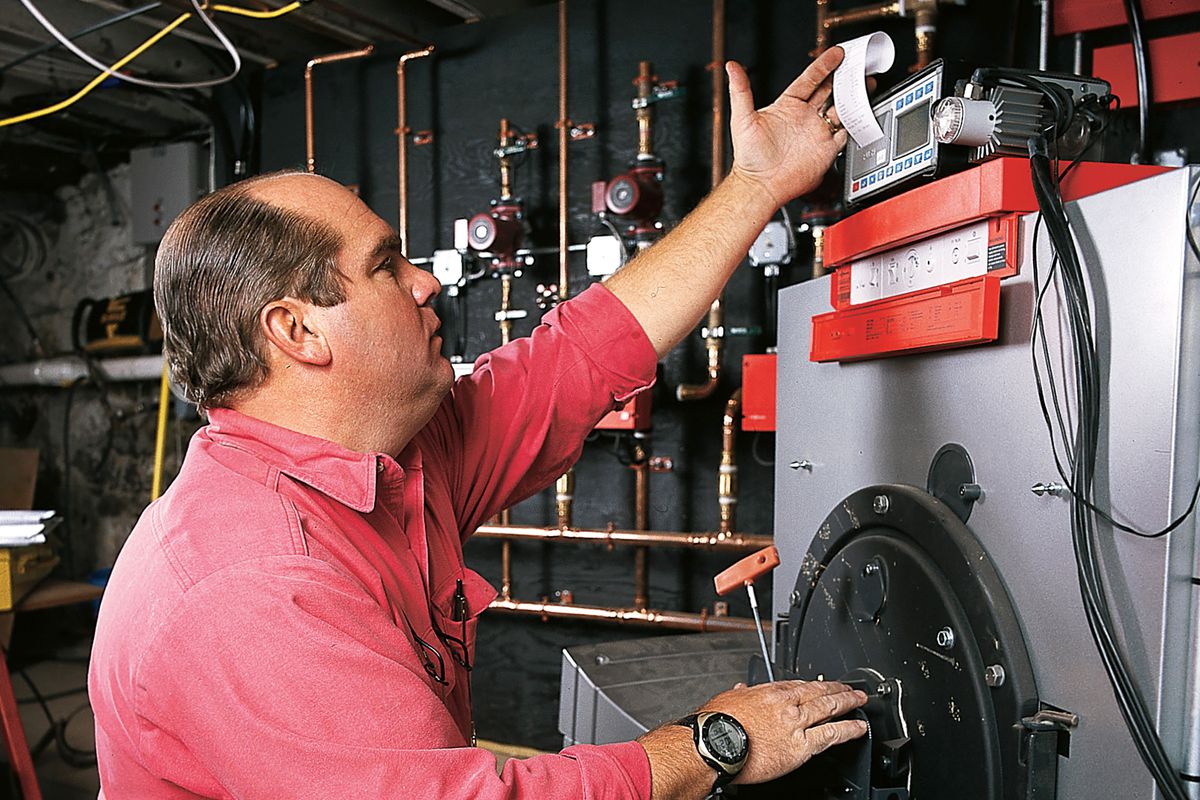How much savings per hvac seer

Heating and cooling your home can take a big bite out of your energy budget – as much as 50% of the total. So, it pays to choose an HVAC system with a high SEER (Seasonal Energy Efficiency Ratio). But exactly how much can you save by opting for a higher-efficiency model? Here are some estimates: For a 2,000-square-foot home in central Florida, going from a SEER 14 to a SEER 20 system can save you about $300 per year on your energy bill. In Dallas, Texas, a SEER 18 system will use about 8% less energy than a SEER 16 system. In San Francisco, a SEER 15 system uses 28% less energy than a SEER 10 system. These savings are based on today’s energy prices and may be different in the future. But one thing is certain: A high-efficiency HVAC system will save you money every month, all year long. To get the most energy savings, combine a high-efficiency system with a whole-house approach to energy efficiency. This means making sure your home is well insulated and airtight, too.
How much can you save with a higher SEER rating?
If you’re in the market for a new air conditioner, you may be wondering how much you can save by opting for a unit with a higher SEER rating. SEER, or Seasonal Energy Efficiency Ratio, is a measure of an air conditioner’s cooling efficiency over the course of a season. A higher SEER rating means greater energy efficiency, and potential savings on your energy bill. How much you can save depends on a number of factors, including the size of your home, the climate you live in, and how much you use your air conditioner. But as a general rule of thumb, opting for a unit with a SEER rating of 20+ can save you up to 50% on your cooling costs compared to a standard air conditioner with a SEER rating of 13. So, if you’re looking to save money on your energy bills, it’s worth considering an air conditioner with a high SEER rating. Just remember to factor in the initial cost of the unit when making your decision – a more expensive air conditioner may take longer to pay for itself in savings.
The benefits of a high SEER rating
for your air conditioner A high SEER rating for your air conditioner can result in numerous benefits for both you and your home. For starters, a higher SEER rating can mean significant energy savings – as much as 30% according to the U.S. Department of Energy. In addition, a higher SEER rating often indicates a quieter air conditioner, which can be a major selling point if you live in a hot, humid climate. Finally, a higher SEER rating can also add to the resale value of your home.
How a higher SEER rating can save you money
If you are in the market for a new air conditioner, you may be wondering what all of those letters and numbers mean on the side of the box. The SEER rating is an important number that tells you how much energy your air conditioner will use over the course of a cooling season. In general, the higher the SEER rating, the more energy-efficient the unit will be and the more money you will save on your utility bills. If you live in a climate where air conditioning is used frequently, such as in the southern United States, a higher SEER rating can result in significant savings. For example, a unit with a SEER rating of 21 will use about 33% less energy than a unit with a SEER rating of 15. This means that over the course of a year, you could save hundreds of dollars on your cooling costs. When shopping for a new air conditioner, be sure to look for the Energy Star label. This label means that the unit has been independently verified to meet high energy-efficiency standards. Energy Star-labeled air conditioners typically have SEER ratings of 14 or higher. In addition to saving money on your utility bills, choosing an energy-efficient air conditioner can also help to reduce your carbon footprint. By using less energy, these units generate fewer greenhouse gases, which contribute to climate change. If you are concerned about saving money and protecting the environment, look for an air conditioner with a high SEER rating. These units will cost more upfront, but they will pay for themselves in energy savings over time.
The cost-savings of a high SEER rating
A high SEER rating means big savings on your utility bills. Let’s compare two central air conditioners, each with a different SEER rating. A 3-ton unit that has a SEER rating of 16 will use 3,000 watts of power to cool your home. A comparable unit with a SEER rating of 20 will only use 2,400 watts. Over the course of a cooling season, the unit with the higher SEER rating will save you $120 in electricity costs. Now let’s assume that both units will last for 10 years. The unit with the higher SEER rating will have saved you a total of $1,200 in electricity costs over its lifetime. In many cases, the upfront cost of a unit with a higher SEER rating is only a few hundred dollars more than a unit with a lower SEER rating. This means that you will have recouped the additional cost of the unit within the first few years of its life, and after that, you will be saving money every year. So, if you are in the market for a new central air conditioner, be sure to compare SEER ratings. It is an investment that will pay off in both the short and long run.
How much you can save with a higher SEER rating
A higher SEER rating can save you money on your energy bills. The U.S. Department of Energy estimates that a typical household can save about $30 a year on their energy bill with a SEER rating of 13 compared to a SEER rating of 10.
Higher SEER ratings and savings
As a homeowner, you always look for ways to save money on your energy bills. One way to do this is to upgrade to a higher SEER rating air conditioner. With a higher SEER rating, your air conditioner will use less energy to cool your home, which will save you money on your utility bills. In addition, a higher SEER rating air conditioner will also last longer than a lower SEER rating air conditioner, so you will save money in the long run.



